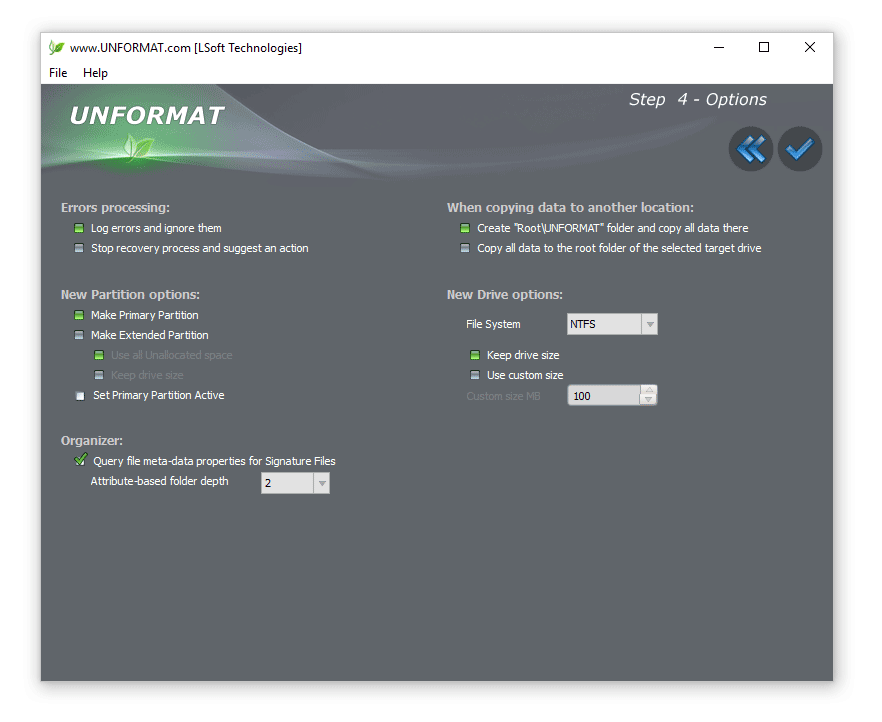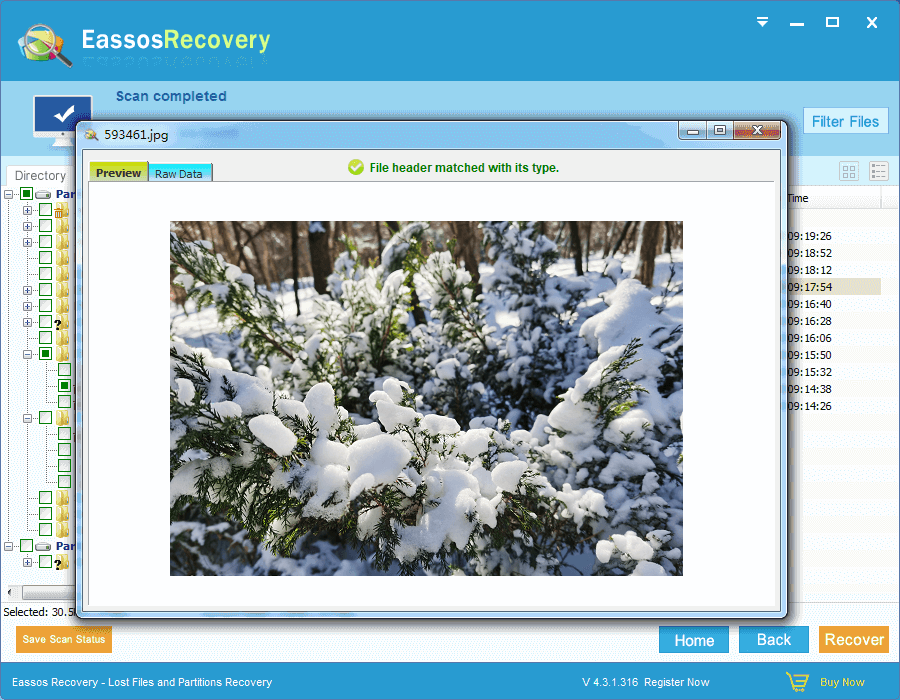
- RECOVER FILES FROM USB DRIVE MAC OS X
- RECOVER FILES FROM USB DRIVE FREE
- RECOVER FILES FROM USB DRIVE WINDOWS
Your trusty USB flash drive does a lot things for your daily life. If you can't recover your USB drive, there is one trick you can try courtesy of a dedicated program - Data Recovery.
RECOVER FILES FROM USB DRIVE WINDOWS
Testdisk and photorec are by the same author, thus they are usually packaged together.Įxample: ddrescue -idirect /dev/sdX usb.img usb.Windows, including Windows 7, 8, 10, integrates "Restore from Previous Versions" feature and Chkdsk utility that make it possible to recover deleted files from flash drive and other storage media. Testdisk, on the other hand, tries to recovers old partition and filesystem tables and thus may even recover the original filenames and fragmented files. Despite the name, photorec is able to recognize many non-photo file signatures. The limits are when a file was fragmented by the filesystem. Thus, they are able to recover files even when relevant filesystem structures are badly damaged or already overwritten. they scan for well known file signatures. The last three implement a similar approach, i.e. Also, this speeds up the rescuing, especially if it scans the filesystem multiple times.įor the actual rescuing, you can try the open source tools testdisk, photorec, recoverjpeg and recovermov. This is safer because you have a backup against failing hardware or a buggy rescue program. The safest way to use them is to unmount the filesystem in question as early as possible (you have already done that), then backup that filesystem to an image file and do any rescuing attempts using that image file. Yes, there are tools to recover certain deleted files. You can also disable detection for some file types which you don't care about.

Here you just need to specify the output directory. PhotoRec (from the same developer) comes to the rescue: sudo photorec /dev/sdb Moreover, the file system might be damaged (not your case) and TestDisk would not help. If you actually just want the photos backįor pictures, you might as well not care about the names. It will show you a step-by-step procedure through a TUI (textual user interface). To recover files and file names you need a tool which is file-system aware. When you write a lot of pictures sequentially on a drive, the risk of fragmentation is actually very low, but still. If you care about the file names (or have fragmented files) These conditions lead to two available options. The conditions you described are actually optimal because: Yes and, by the way, recovery of photos is one of the most common scenarios.
RECOVER FILES FROM USB DRIVE FREE
If this question is far too broad, feel free to move it to meta or wherever it best fits.Īre there any secure UNIX tools to recover data, that was removed with rm, from a USB flash drive? After this occurred, with my furious wife (at the time girlfriend) next to me, I unplugged the flash drive and stored it in a drawer.Īre there any secure UNIX tools to recover data, that was removed with rm, from a USB flash drive? Or am I out of luck? As I stated above, I have not touched the flash drive since the event occurred. Instead of telling the system to remove every file that ended in 1.jpg. As you can see, I told the system to remove every single file and then remove 1.jpg. And I ended up executing the following: rm * 1.jpg.

Just having started UNIX, I knew that I could use the shell's simple regex to remove all of the duplicate files, but I ended up not putting my command in quotes. All of the duplicate files ended with the \ 1.jpg suffix. photo.jpg had a duplicate file called photo\ 1.jpg.

We realized after the backup had complete that almost every photo had a duplicate file.
RECOVER FILES FROM USB DRIVE MAC OS X
We plugged the flash drive into a Mac OS X and were able to backup all of her photos. We picked up a brand new USB flash drive from the store, so I assume it had a FAT32 file system. I may be out of luck, but I thought I would ask all you smart people here for your suggestions.Ī few years back, my wife wanted to store all of her photos from her iPhone onto a USB flash drive because she was running out of storage. This event actually took place a few years ago, but I still have the unchanged USB flash drive in my possession.


 0 kommentar(er)
0 kommentar(er)
